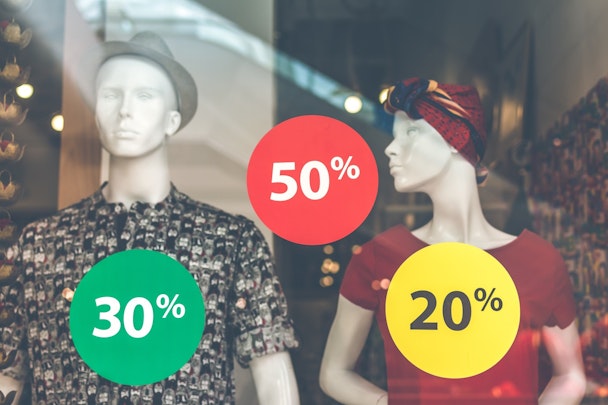South East Asian shopping trends: what the festive season taught us
The upcoming festive season is likely to bring some cheer, after many months of flat consumer demand, in some of the key Southeast Asia (SEA) markets marked by enhanced consumer adoption of mobile, according to Rishi Bedi, vice president and general manager, SEA, Japan, and Korea at InMobi.

Shopping cheer this festive season
Despite what has been one of the most challenging periods for the region since the ’97 financial crisis, South East Asia (SEA) is set to witness a resurgence in consumer sentiment with the upcoming festive season. Kicked off by a slew of online retail sales including, Singles day and Doubles day among many others, the 2020 festive season will ring in a new period of optimism as consumers prepare for Christmas, New Year’s, and the Lunar New Year. But what makes SEA unique, as we gather from our consumer surveys, is the collective yet distinctive shopping experiences centred around mobile. Here is a look at the emerging retail behaviour in some of the key markets in the region
87% of digital buyers to purchase on mobile in Indonesia
Derived from the term ‘Hari Belanja Online Nasional’, translating to National Online Shopping Day, Harbolnas is a month-long online shopping festival spanning from 11.11 (Singles’ Day) to 12.12 (Doubles’ Day), just in time for end of year celebrations. This year has heralded many changes in shopping behaviour with 92% of consumers trying a new way of shopping and 67% sharing that they will be more mindful of where they spend their money, prioritizing price over loyalty. This will also be a mobile-first Harbolnas, with 87% of digital buyers in Indonesia purchasing on smartphones. Apparel and Electronics will be the most popular categories purchased by smartphone users in Indonesia.
86% Filipinos to make pent-up annual purchases during the festivities
A considerable, pent-up demand exists in the Philippines with over 90% of consumers stating that they have delayed their purchases due to the pandemic. This pent-up demand is a great opportunity for brands with 86% planning to make purchases during the festive season. With price sensitivity on the rise, over two-thirds of consumers plan to buy during the biggest sales events. 83% of consumers plan to research products and services on mobile, while two in three connected consumers will close the loop and make their final purchase on smartphones.
Seven in 10 Malaysians will shop for the new year on their smartphones
Malaysians are excited for this festive season with 60% looking forward to traveling back home and ringing in Chinese New Year with their families. In the mobile-first economy of Malaysia, 82% plan to research and 69% plan to buy via their smartphones. What sets Malaysian consumers apart is that over 44% do not plan their purchases ahead of time, presenting a valuable opportunity for marketers in the region. F&B will take the cake in terms of consumers spending closely followed by Apparel.
70% of Vietnamese to travel back home for Tết
As a country, that has been able to tackle the pandemic effectively, 42% of consumers say that there are no changes to their Lunar New Year plans. Travel will remain a critical aspect of the festivities next year, with close to 70% of residents planning to travel home, to celebrate with their families. Smartphones are the most popular gateway to the internet in Vietnam accounting for 67% of consumer research and 59% of purchases. Unlike other regions in ASEAN, Vietnam will see a healthy demand across categories – across electronics, F&B, apparel, beauty, and home furnishings.
The pandemic has meant a paradigm shift in the retail shopping behaviour
While each region may usher in this period in their own unique way, one truth remains across nations: consumer adoption of digital, especially mobile. In fact, one in three consumers learn about sales and discounts via mobile advertisements in certain regions of SEA, beaten only by friends and families as the other reliable source for shopping information.
This mobile centricity is further catapulted by the existing social distancing norms in the new normal. But this does not mean that consumers are shunning away physical retail spaces. Instead, a new shopping order has emerged: click-to-mortar. This online to offline shopping model helps consumers make their choices online in the comfort of their homes, while still offering brands a chance to curate a custom offline experience as shoppers visit in-store to pick up their purchases.
Despite price sensitivity, consumer sentiment is set to make a cheerful return this festive season fuelling the resurgence for brands and retailers.
Rishi Bedi is the vice president & general manager, SEA, Japan, and Korea at InMobi.
